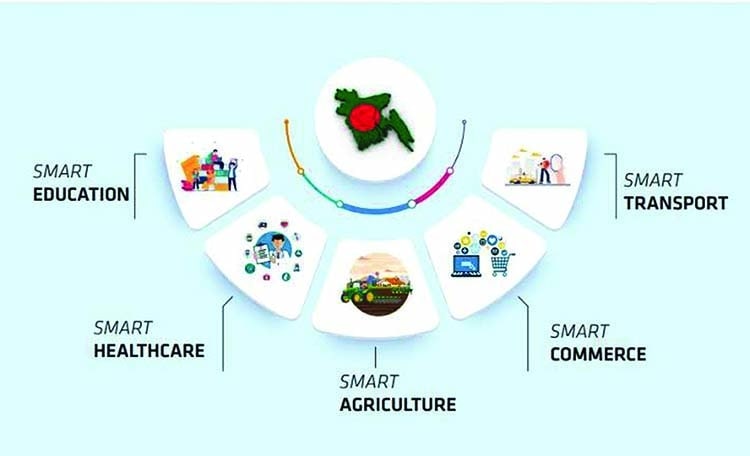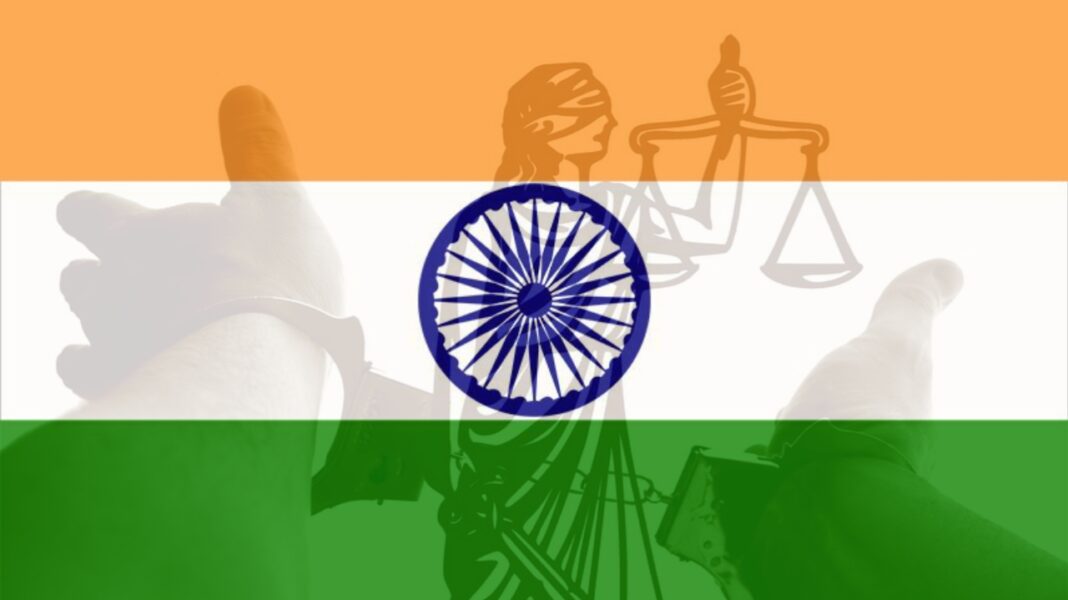The crime rate in India is increasing day by day, causing concern among the citizens and the government. In order to tackle this issue effectively, it is crucial to understand the nature and pattern of crime in the country. This article will analyze the salient characteristics of crime in India, covering various aspects such as types of crime, geographical distribution, socio-economic factors, and legal measures. The article will provide a comprehensive overview of the crime scenario in India and highlight the need for effective solutions to curb the rising crime rate.
Table of contents
INTRODUCTION
Crime is a phenomenon that affects every society, regardless of its level of development. It is defined as an act or omission that is prohibited by law and punishable by the state. Understanding the nature and pattern of crime is crucial in developing effective strategies to prevent and control criminal activities. In this article, we will analyze the salient characteristics of crime in India and identify the major challenges in tackling this issue.
According to the National Crime Records Bureau (NCRB), the crime rate in India has been steadily increasing in recent years. In 2019, a total of 49,70,000 cognizable crimes were reported across the country, including murder, robbery, dacoity, and theft. The rising crime rate is a cause for concern, as it has a negative impact on the social and economic development of the country.
TYPES OF CRIME
Crimes in India can be categorized into various types based on their nature and severity. Some of the major types of crime are discussed below.
Property Crimes
Property crimes include offenses related to theft, robbery, and dacoity. These crimes involve the unauthorized taking of another person’s property, either by force or through deception. In 2019, around 16,80,000 cases of property crimes were reported across the country, accounting for around 33.6% of all crimes.
Violent Crimes
Violent crimes refer to offenses that involve physical harm to a person, such as murder, assault, and rape. In 2019, around 11,80,000 cases of violent crimes were reported in India, accounting for around 23.6% of all crimes.
Cyber Crimes
Cyber crimes are offenses committed through the use of information technology and the internet. This includes crimes such as hacking, phishing, and identity theft. The number of cyber crimes in India has been steadily increasing, with the NCRB reporting around 66,000 cases in 2019, accounting for around 1.3% of all crimes.
Organized Crimes
Organized crimes refer to criminal activities committed by groups or networks that are structured and well-coordinated. This includes activities such as drug trafficking, human trafficking, and arms smuggling. The extent of organized crime in India is difficult to estimate, but it is considered to be a significant problem in certain regions of the country.
White-Collar Crimes
White-collar crimes refer to offenses committed by individuals in positions of trust, such as business leaders, politicians, and public servants. This includes crimes such as embezzlement, fraud, and bribery. While white-collar crimes are often less visible than other types of crime, they can have significant economic and social consequences.
GEOGRAPHICAL DISTRIBUTION OF CRIME
The pattern of crime in India is influenced by various geographical factors, including regional, urban-rural, and state-wise differences.
Regional Variation in Crime Rate
The crime rate in India varies significantly between different regions of the country. Some regions have higher crime rates than others, due to factors such as population density, economic development, and cultural practices. For example, states in the northern and western regions of the country tend to have higher crime rates compared to states in the south and east.
Urban-Rural Divide
The crime rate in urban areas is typically higher than in rural areas, due to factors such as population density, poverty, and unemployment. In 2019, around 78.9% of all crimes in India were reported from urban areas, while the remaining 21.1% were reported from rural areas.
State-wise Comparison
The crime rate also varies significantly between different states in India. Some states have high crime rates due to factors such as political instability, economic development, and social issues. For example, states such as Uttar Pradesh, Maharashtra, and Tamil Nadu have higher crime rates compared to other states.
SOCIO-ECONOMIC FACTORS IN CRIME IN INDIA
The pattern of crime in India is also influenced by various socio-economic factors, including poverty, unemployment, education, and family structure.
Poverty and Crime
Poverty is considered to be one of the major factors contributing to the crime rate in India. Poor individuals are often forced to engage in criminal activities in order to meet their basic needs, and may also be more vulnerable to victimization.
Unemployment and Crime
Unemployment is another socio-economic factor that is linked to the crime rate in India. Individuals who are unemployed are often more likely to engage in criminal activities, as they do not have legitimate sources of income.
Education and Crime
Education level is another factor that is associated with the crime rate in India. Individuals with low levels of education are often more likely to engage in criminal activities, as they may not have the skills or opportunities to engage in legitimate activities.
Family Structure and Crime
Family structure is also considered to be a factor that influences the crime rate in India. Children from broken or dysfunctional families are often more vulnerable to criminal activities, as they may lack adequate family support and guidance. Additionally, family conflict and abuse can lead to criminal behavior in some individuals.
CRIMINAL JUSTICE SYSTEM IN INDIA
The criminal justice system in India is responsible for enforcing the law, investigating crimes, and punishing offenders. However, the effectiveness of the criminal justice system in India has been the subject of much debate and criticism, due to issues such as corruption, delays, and a high rate of acquittals.
Police Force
The police force in India is responsible for maintaining law and order, investigating crimes, and making arrests. The effectiveness of the police force in India has been the subject of much criticism, due to issues such as corruption, inefficiency, and a lack of resources.
Judiciary
The judiciary in India is responsible for interpreting the law and delivering justice. The judiciary in India is considered to be independent and impartial, but is also criticized for being slow, bureaucratic, and ineffective in addressing the high rate of crime in the country.
Prisons
Prisons in India are responsible for incarcerating individuals who have been convicted of crimes. The conditions in prisons in India are often inadequate, with overcrowding and a lack of resources being common issues.
CONCLUSION
In conclusion, crime in India is a complex issue that is influenced by various factors, including geographical, socio-economic, and criminal justice system factors. The pattern of crime in India varies significantly between different regions, urban and rural areas, and states. The criminal justice system in India has been criticized for its ineffectiveness in addressing the high rate of crime in the country. To effectively address the issue of crime in India, it is important to address the underlying causes, such as poverty, unemployment, and lack of education.
Bibliography
- National Crime Records Bureau (NCRB). (2019). Crime in India 2019. New Delhi: Ministry of Home Affairs.
- United Nations Office on Drugs and Crime. (2018). Global Study on Homicide 2018. Vienna: United Nations.
- World Bank. (2021). India – Crime, safety, and security. Washington D.C.: World Bank.
- World Health Organization. (2017). Global Status Report on Violence Prevention 2017. Geneva: World Health Organization.



 For all latest articles, follow on Google News
For all latest articles, follow on Google News